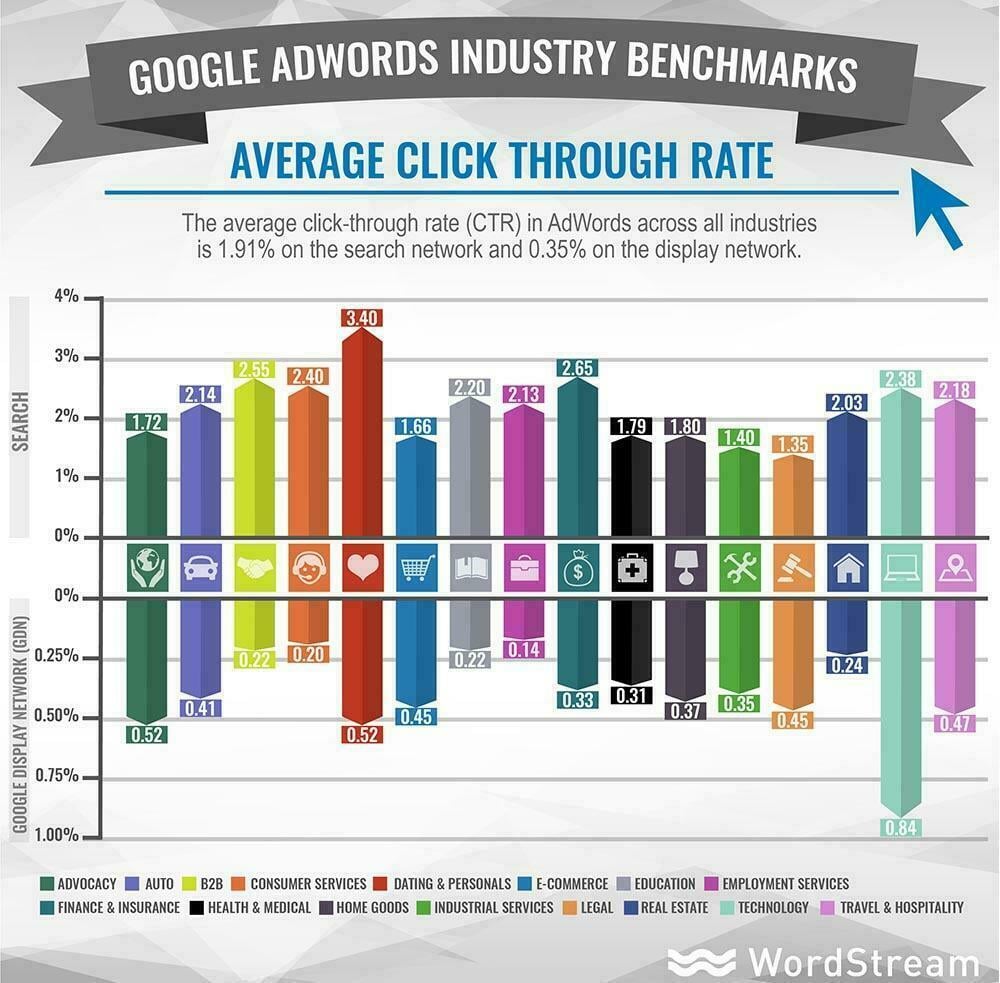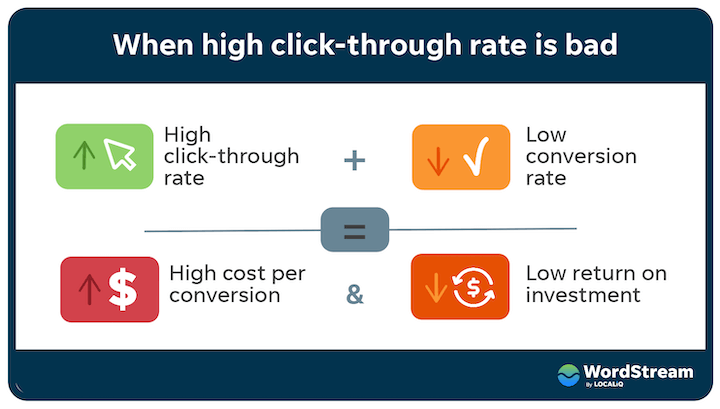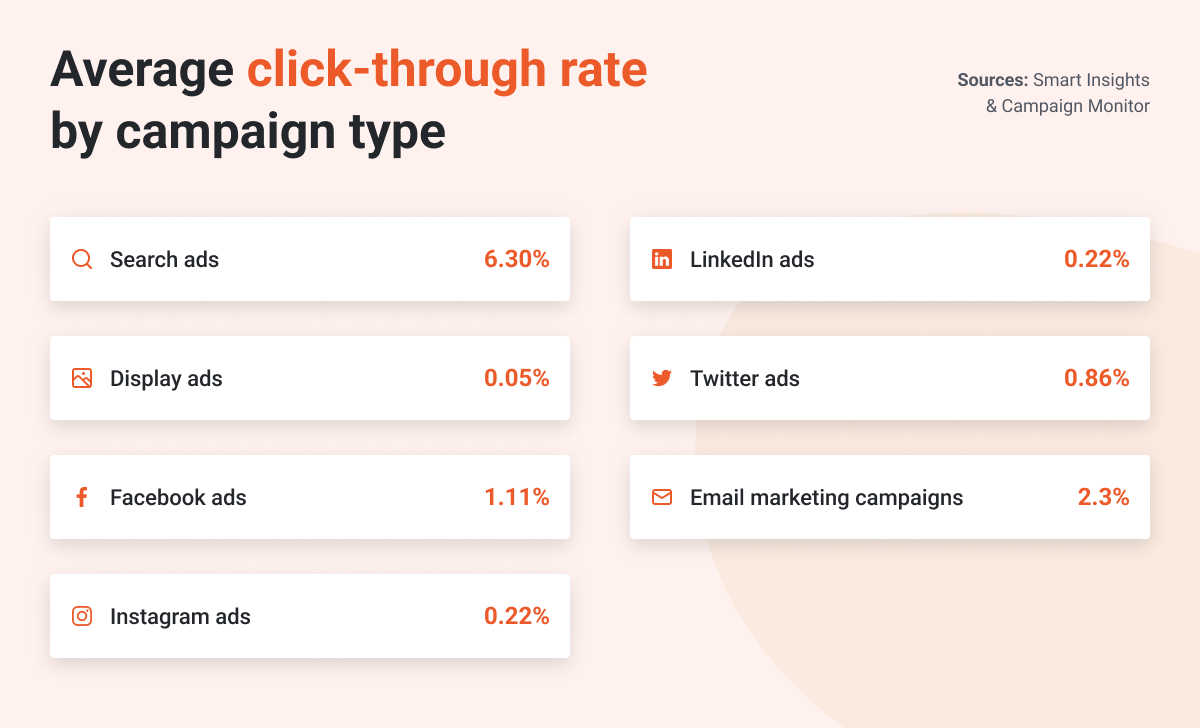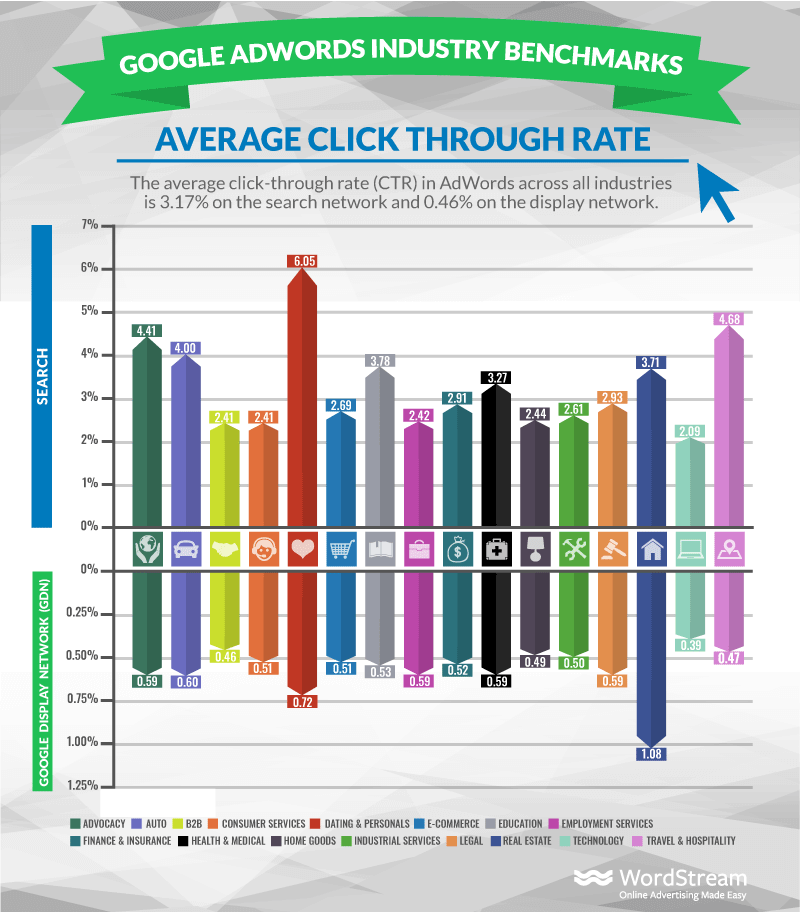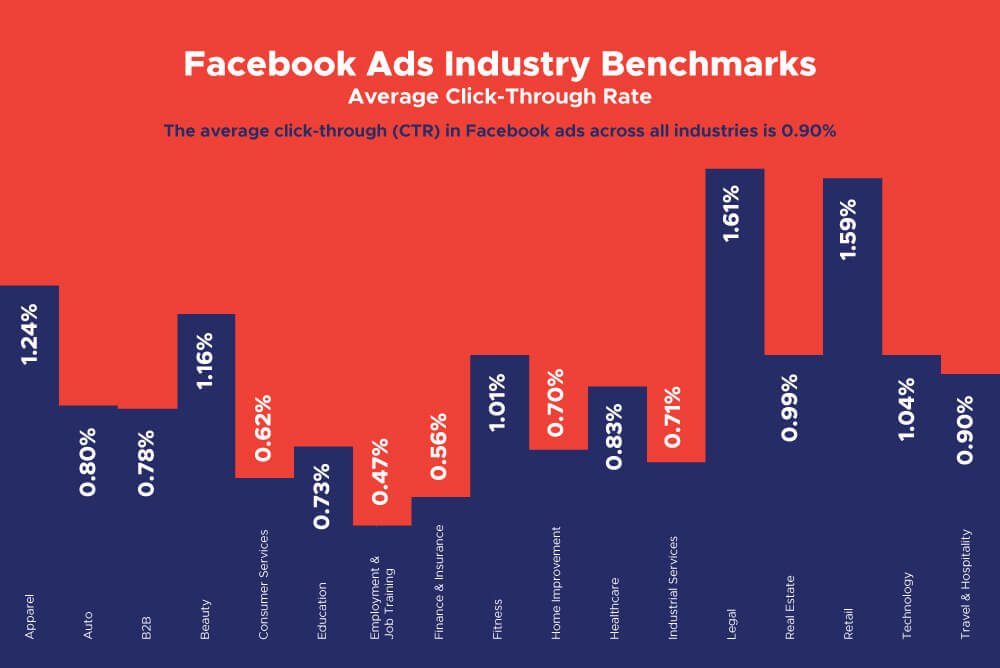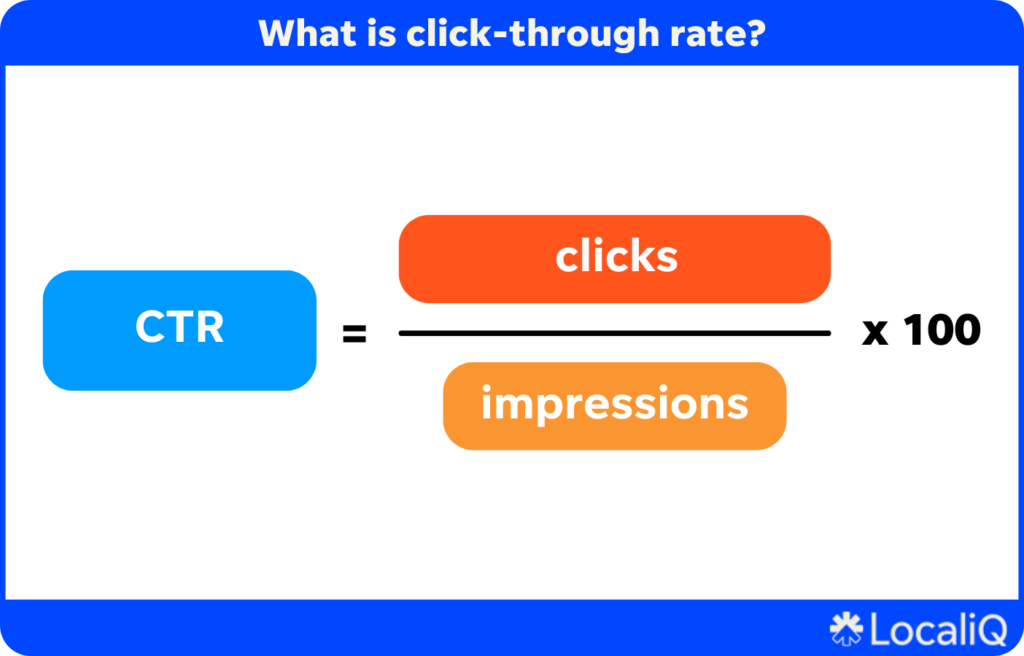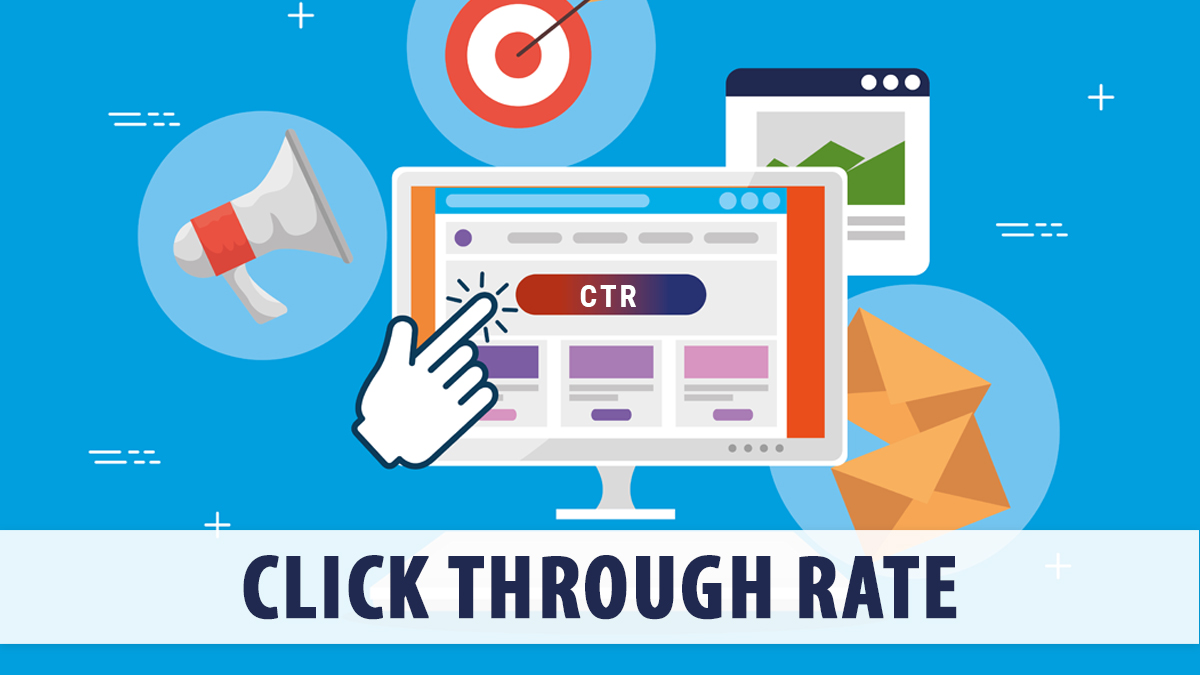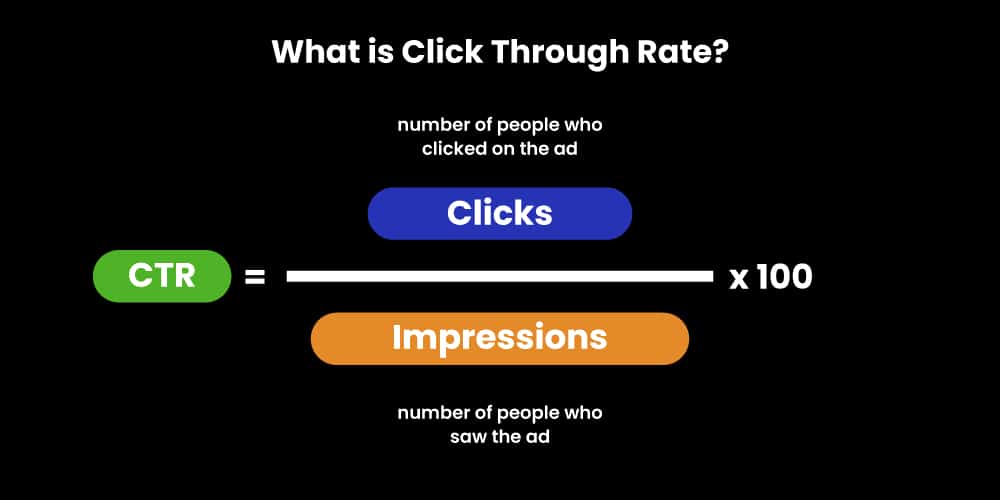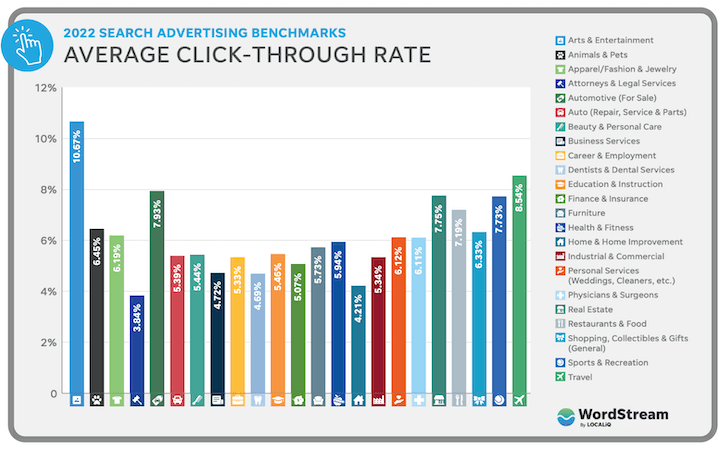What Is A Good Ad Click Through Rate
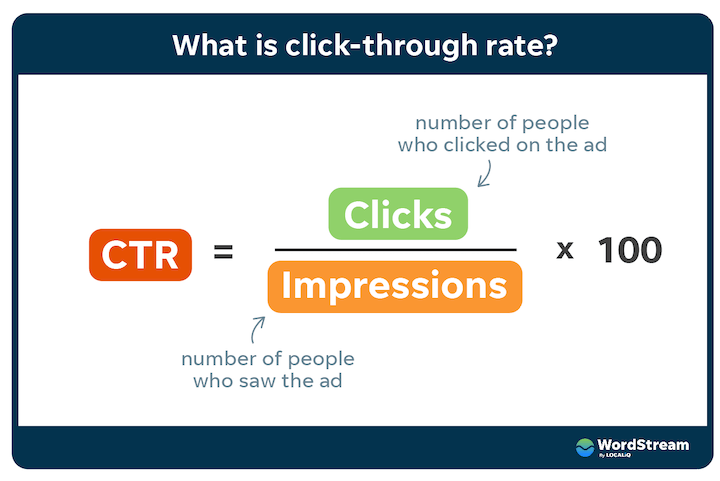
In the realm of digital advertising, a key metric that often dictates success or failure is the Click-Through Rate (CTR). This percentage, representing the proportion of users who click on an ad after seeing it, is a crucial indicator of an ad campaign's effectiveness. But what exactly constitutes a "good" CTR, and how can businesses leverage this knowledge to optimize their advertising strategies?
This article delves into the nuances of CTR, exploring the factors that influence it, industry benchmarks, and actionable strategies for improvement. Understanding what a good CTR means for your specific business context is paramount for maximizing ROI and achieving advertising goals.
Understanding Click-Through Rate
CTR is calculated by dividing the number of clicks an ad receives by the number of times it is shown (impressions), expressed as a percentage. For example, an ad displayed 1,000 times that receives 10 clicks has a CTR of 1%.
It's important to note that a single, universally "good" CTR doesn't exist. What's considered satisfactory varies widely depending on several variables, including the industry, ad platform, ad type, and target audience.
Industry Benchmarks and Platform Variations
Different industries tend to have different average CTRs. According to recent studies, industries like dating and personal services often see higher CTRs due to the inherent interest of users in these areas. Conversely, more generic product categories might experience lower averages.
Platform also plays a significant role. Google Ads search ads might have a different average CTR than display ads on the Google Display Network or ads on social media platforms like Facebook or Instagram.
Social media ads, for example, often have lower CTRs than search ads, because users are typically browsing for entertainment or social connection rather than actively seeking specific products or services.
Factors Influencing CTR
Beyond industry and platform, numerous factors can affect an ad's CTR. These include ad relevance, targeting accuracy, ad creative, and the competitive landscape.
An ad that is highly relevant to a user's search query or browsing behavior is more likely to be clicked. Precise targeting ensures that ads are shown to the right audience, increasing the likelihood of engagement.
Compelling ad copy and visually appealing creatives are crucial for grabbing attention. Finally, the competitive environment influences CTR; in a crowded market, ads need to stand out to attract clicks.
What to Consider for a "Good" CTR
Instead of aiming for a generic benchmark, businesses should focus on understanding what constitutes a good CTR for their specific circumstances. This requires a holistic approach, taking into account several key considerations.
First, analyze historical data. Review past ad campaigns to identify trends and patterns in CTR performance. This provides a baseline for comparison and helps to identify areas for improvement.
Second, consider your business goals. A higher CTR isn't always better if it doesn't translate into conversions or sales. Focus on optimizing for metrics that align with your overall objectives.
Strategies for Improving CTR
Several strategies can be implemented to improve CTR and optimize ad campaigns. A/B testing is a powerful technique for experimenting with different ad variations to determine which performs best.
Refine targeting to ensure ads are shown to the most relevant audience. Improve ad copy and creative to make ads more engaging and visually appealing.
Keyword research and optimization are essential for search ads. Use relevant keywords in ad copy and landing pages to improve relevance and attract clicks.
The Human Element: Beyond the Numbers
While data and analytics are crucial, it's important to remember the human element behind the numbers. Ads should resonate with users on an emotional level and provide value.
Consider the user experience. Ensure that landing pages are relevant to the ad and provide a seamless transition from click to conversion.
Ultimately, a "good" CTR is one that contributes to achieving your business goals and provides a positive experience for users. By focusing on relevance, targeting, and creative excellence, businesses can maximize the impact of their advertising campaigns.
In conclusion, a good CTR isn't a static number, but a dynamic target that evolves with industry trends, platform changes, and business objectives. Continuously monitoring, analyzing, and optimizing ad campaigns is essential for achieving success in the ever-changing landscape of digital advertising.
